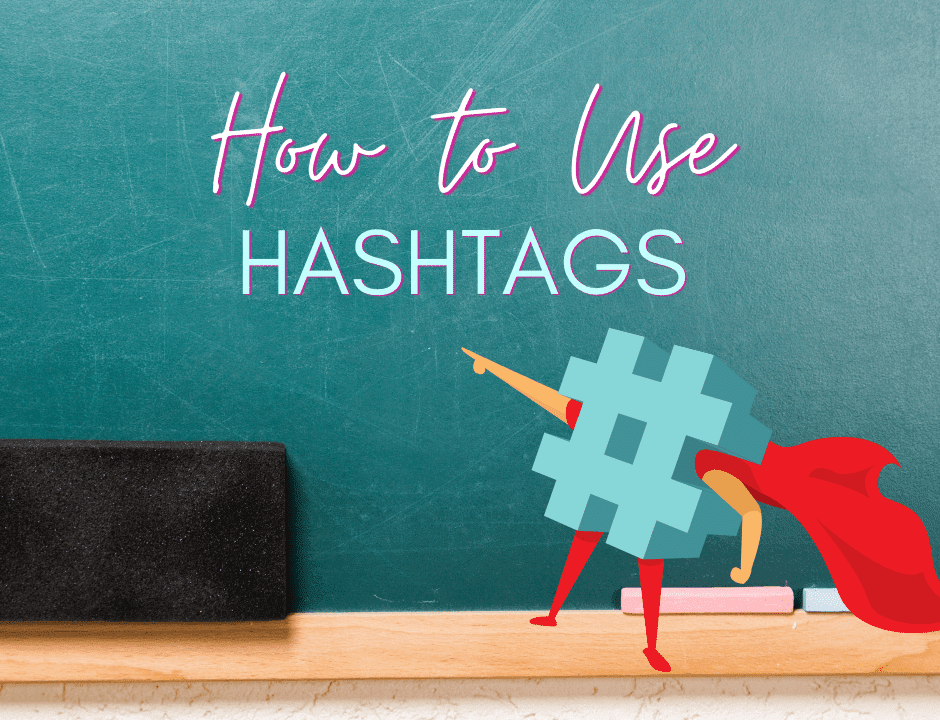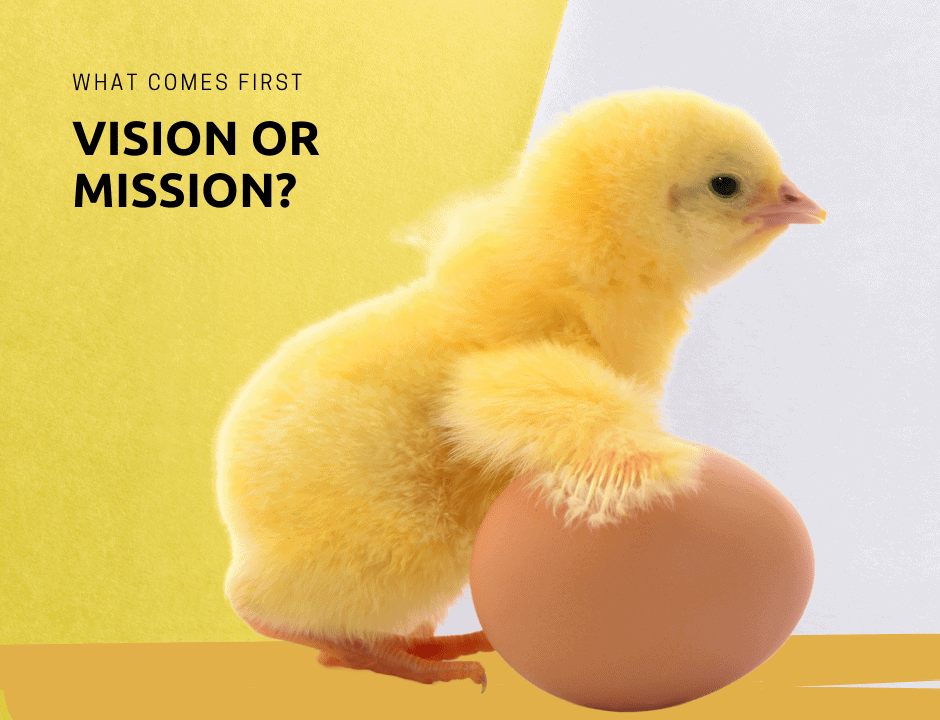How To Use Hashtags
Hashtags are a key component of any company's social media strategy. No matter which social platforms you use, understanding how to use hashtags can significantly boost your brand's online engagement.
What art Hashtags?
In short, hashtags are an excellent way to categorize social media content to a specific topic, event, theme, or conversation and make it more discoverable. They allow you to place your content in front of a larger community, specifically looking for or talking about your topic. Therefore, hashtags can be beneficial in driving more users to your site and expanding your brand’s social reach.
Why Use Hashtags?
Including hashtags in posts makes them more visible to groups of people engaging in a relevant topic. This means that you are essentially delivering a post to a community that is already looking for it. If used correctly, a hashtag is almost guaranteed to increase the number of views your content receives, provided the conversation is popular enough. Overall, the goal of hashtags is to promote your business and achieve greater social engagement with your content through likes, shares, comments, and new followers.
A great example of a company successfully utilizing a hashtag campaign is Coca-Cola with their #ShareACoke campaign. Coca-Cola asked people to share a Coke with them. Within this initiative, customers could gift Coca-Cola to others and share a Coke with them. The brand followed this with the launch of a micro-website, from which customers could order their personalized Coke. The visibility of this campaign was further boosted when the brand formed collaborations with stars like Ryan Seacrest and Selena Gomez. The result was a viral hashtag that redefined Coca-Cola’s media image and is still being promoted by the brand to this day.
Popular Types Of Hashtags
Product or Service
If the post is prioritizing the sale of a particular product or service, it’s common for brands to make use of basic keywords to describe a product or service, examples being #SustainableToteBag or #24hrsCafe.
Daily
With seven days in the week and a broad spectrum of emotions to associate them with, there is a wide variety of daily hashtags to choose from; Some examples include #MondayBlues, #Friyay, or #PicOfTheDay.
Niche
These are slightly more specific, displaying your brand’s position within an industry. Examples may include #DeathbyChocolate or #TravelBlogger.
Interest-specific community
Whether in real life or online, different communities can exist anywhere. Think #GardnersOfInstagram, #PaintersOfTwitter or #ElectricCars.
Special or seasonal event
These refer to holidays or seasonal celebrations or perhaps support for social issues, with examples being #NationalDoughnutDay or #PrideMonth.
Location
While you can geo-tag your posts, it’s still a good idea to refer to your location through a hashtag, examples being #PhillyEats or #VisitNYU.
Relevant phrase
These combine elements of product, niche, and community hashtags. They are phrases people use to connect to existing communities and promote brand awareness to foster a sense of belonging. Examples include #WritersBlock or #WorkingFromHome.
Acronym
Highly popular due to their simplicity and universal recognition, some examples include #OOTD (outfit of the day), #TBT (Throwback Thursday), and the infamous #YOLO (you only live once).
Help Your audience Find You With Hashtags.
Instagram and LinkedIn both offer users the ability to follow hashtags as well as other users and organizations. Therefore, using the more popular ones can be a great way to help your audience find your content. For example, if you were to use #Tattoo in your social posts, anyone following that hashtag will likely see that post in their feed. This can achieve anything from merely placing your brand name in front of more eyes to gaining new followers and shares for your brand.
How to find powerful Hashtags for your brand;
Check out the competition
Modeling your approach to social media on your competition’s strategy too closely, isn’t a great idea -but take a look at the hashtags they use, as this can give you some ideas about what works in your particular industry, as well as what doesn’t. This can help you understand where your competitors are posting and any gaps in their approach that you can exploit.
Observe what hashtags your audience is already using
- If your audience is already using a specific hashtag, chances are other people are likely using it too. Tapping into these existing communities is a great way to expand your audience, as these are the people who are most likely to be interested in your business. Both Instagram and Twitter provide features that allow you to filter your search only to see the hashtags used by your followers.
Instagram also offers a related hashtag feature
This allows you to find relevant hashtags which are slightly more specific than your original keyword-based hashtags. This essentially means a more targeted audience with less content to compete with. Therefore, these can be some of the best hashtags for Instagram brands wanting to connect with more passionate communities. LinkedIn also delivers something similar by offering hashtag recommendations after you click on one. To access this, choose ‘discover new hashtags’ after clicking the ellipsis.
Create a Branded Hashtag
If you are looking for a more original approach, you may also find success by creating your own hashtag. A branded hashtag is simply a tag that you create to promote your brand or your campaign. While this may present a challenge depending on the size of your brand, the example; #ShareACoke campaign demonstrates the efficacy of this when done on a larger scale. You can raise awareness of your hashtag by including it in the captions of your posts and making it visible throughout your daily stories (Instagram & Facebook stories, Twitter fleets, LinkedIn posts, etc.)
In addition to this, you could run a contest with a branded hashtag to increase its popularity while also collecting user-generated content. This has been demonstrated in the past by Audi shortly after the release of the R8. Following the launch, a Twitter user let the brand know how badly she wanted to drive the new car by including #WantAnR8 in her tweet. In a surprising masterstroke, the brand allowed her to drive the new R8 for a day. The hashtag then grew in popularity as the brand used it in the promotion of their new car. This led others to start using it as Audi began surprising a few unsuspecting followers by letting them drive the R8 for a day. More than 75,000 Twitter mentions later demonstrate a real-world example of correctly utilizing user-generated content and the rewards that accompany social listening.
Best Practices
Capitalize your words
When using or creating hashtags with more than one word, such as #CoffeeTime, it’s important to capitalize the first letter of every word. This is because assistive technology (such as screen readers for visually impaired people) requires a capital letter to understand two separate terms. Without the capital letter on #CoffeeTime, the screen reader will read it out as a single word.
Don’t just choose the most popular hashtags you can find
It’s often tempting to choose the most popular hashtags you can find, for example, a coffee shop choosing the hashtag #Coffee. However, as there are over 142 million posts tagged with #Coffee, your post will quickly disappear from people’s timelines. In this case, it might be better to choose a slightly less popular hashtag such as #NeedCoffee, as this hashtag has less than a million posts. This means your post will stick at the top of the page and in people’s timelines for longer.
What are the best social media sites for hashtags?
Hashtags are valuable additions to all social media posts. While Twitter, Instagram, and LinkedIn are the most popular platforms for hashtags, YouTube is just as well optimized for them. Out of the five, Facebook is the one site on which hashtags are not as prevalent for navigation and discovery. Since many users’ profiles are private on Facebook, it is more challenging for brands to track users’ interactions. To monitor user engagement with your brand’s hashtags, you must use the URL facebook.com/hashtag/, including the keyword you want to search at the end.
How many hashtags should I use?
The number of hashtags you should use can differ depending upon the chosen social media platform:
Twitter – While you can use as many hashtags as you like within the 280 character threshold, Twitter recommends limiting yourself to 2 as best practice.
Facebook – While Facebook is seeing its users shift to private channels, you can still use hashtags in addition to comments and for grouping content in private groups. The optimal number to use is 1-2.
Instagram – As most users factor in their hashtags near the bottom of their posts or in a comment, you can use more without your post appearing cluttered. The optimal number is 5-11. While you can also include up to 10 hashtags in your stories, it is harder to hide and may impact the appearance of your content.
YouTube – You can add hashtags to your YouTube video title or in the video description. However, should you use more than 15 hashtags, YouTube’s algorithm will ignore all the hashtags and may even flag your content for spam behavior. It’s recommended that you use 2-5 hashtags.
LinkedIn – You can add hashtags anywhere into your written LinkedIn updates and articles. Although LinkedIn is a professional platform, it is wise to act mindfully when incorporating hashtags into your posts. The optimal number of hashtags to use is 1-3.
Hashtags first gained popularity in 2007, and their importance to social media strategy has only grown in the years since. They are a helpful resource for organically boosting social engagement with your content, as well as your brand.
For more tips, techniques and perspectives on brand communications, please visit the insights page. If you’re ready for a communications audit or have any questions get in touch.







